The Most Chemically Treated Fruits and Veggies You Should Really Avoid
In the world of agriculture, the term "Dirty Dozen" refers to a list of fruits and vegetables that are most commonly found to be contaminated with pesticide residues. This concept, popularized by the Environmental Working Group (EWG), highlights the top produce items that often contain the highest levels of chemical treatments, posing potential health risks to consumers. These pesticides are used to protect crops from pests and diseases but can leave residues that linger long after harvest. This article delves into the specifics of these chemically treated foods, exploring their impact on health, environment, and the steps consumers can take to minimize exposure.
1. Apples: The Top Contender

Apples consistently top the Dirty Dozen list, often found with multiple pesticide residues. This is largely due to their susceptibility to a variety of pests and diseases, requiring frequent treatments to ensure a blemish-free appearance for market. The waxy skin of apples can trap these chemicals, making them difficult to wash off. Research has shown that even after washing and peeling, some pesticide residues remain. This highlights the importance of considering organic options or thorough cleaning methods to reduce exposure. The pervasive use of pesticides on apples underscores the broader issue of chemical dependency in conventional farming practices.
2. Strawberries: A Sweet but Risky Treat

Strawberries are another fruit that frequently appears on the Dirty Dozen list, often found with a high concentration of pesticide residues. Their delicate nature and susceptibility to mold and pests necessitate heavy chemical use. The porous skin of strawberries means that pesticides are easily absorbed and difficult to remove. This is particularly concerning given their popularity, especially among children. Studies suggest that consuming organic strawberries can significantly reduce exposure to harmful pesticides. The case of strawberries exemplifies the trade-off between agricultural efficiency and consumer safety, prompting a reevaluation of farming practices.
3. Grapes: A Juicy Dilemma
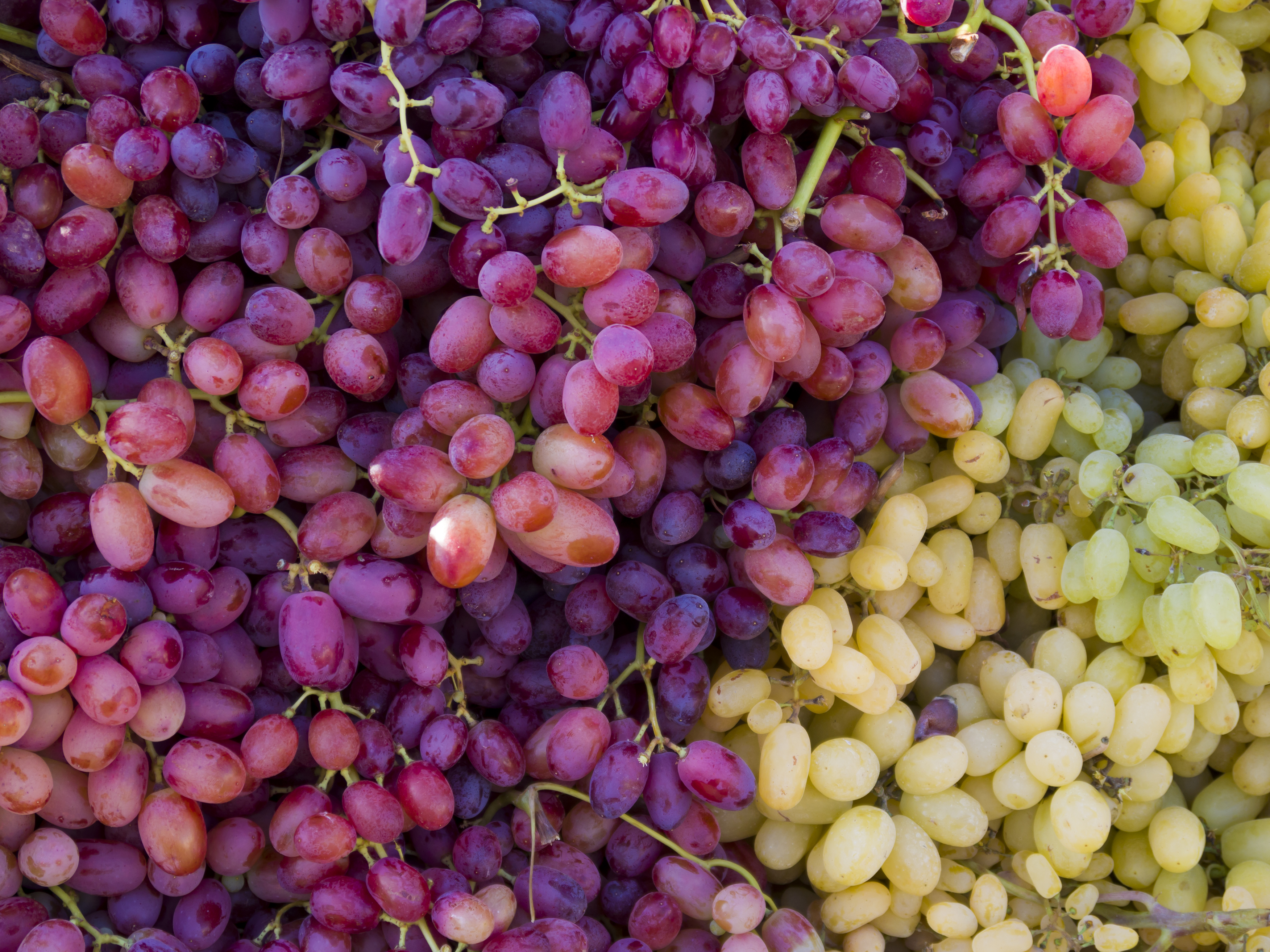
Grapes, both domestic and imported, are regularly treated with a variety of pesticides to combat pests and diseases. The thin skin of grapes offers little barrier to chemical absorption, and washing does not fully eliminate residues. This is particularly concerning for wine production, where pesticide residues can concentrate during fermentation. Research has pointed to potential health risks associated with chronic exposure to these chemicals, including reproductive and developmental issues. The dilemma with grapes highlights the complexity of balancing crop protection with consumer health, urging a shift towards more sustainable agricultural practices.
4. Peaches and Nectarines: The Stone Fruit Challenge
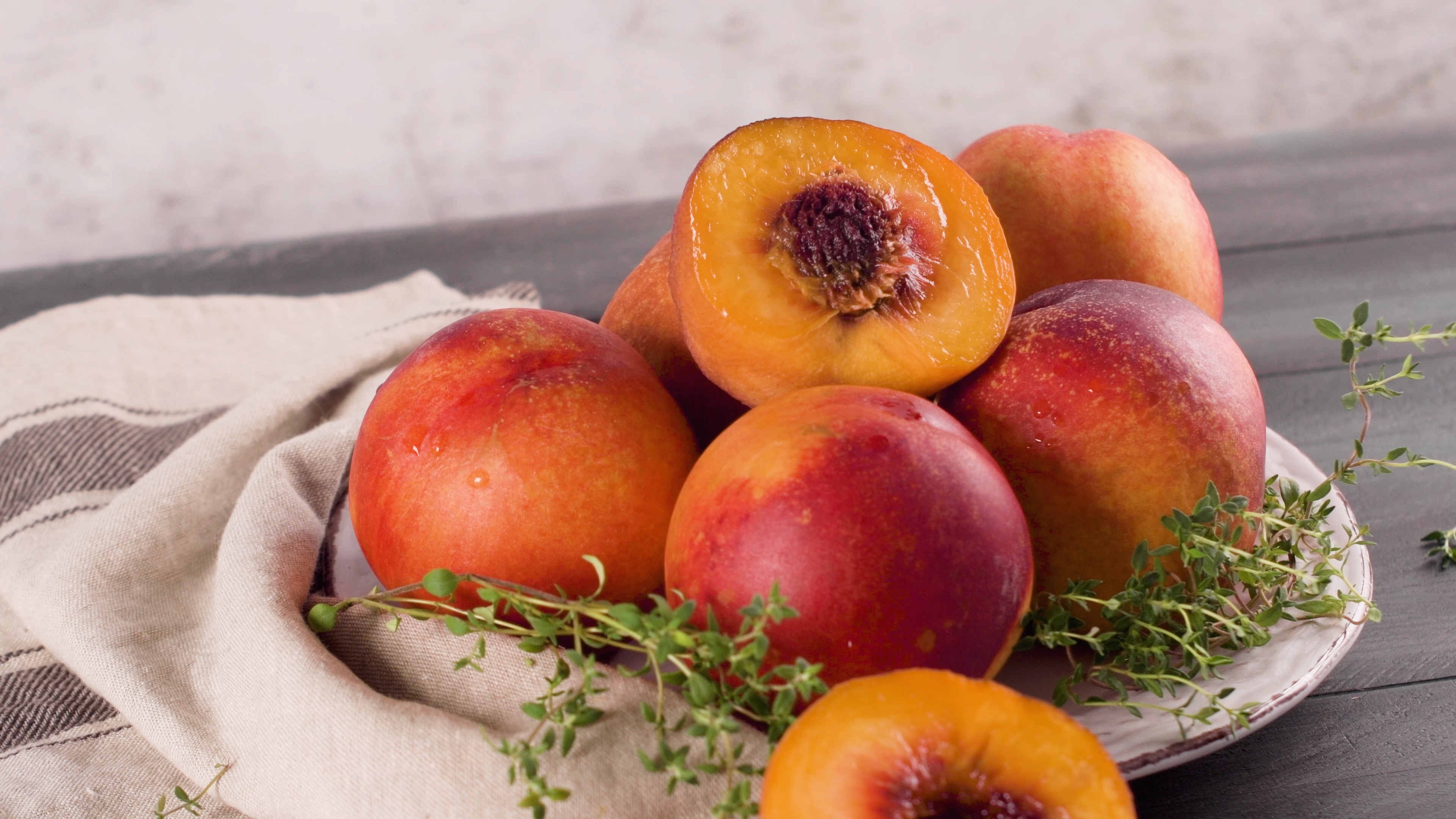
Peaches and nectarines, with their soft and fuzzy skins, are highly susceptible to pests and diseases, requiring extensive pesticide use. Their delicate skin absorbs chemicals, making it difficult to wash them off completely. This poses a significant challenge for consumers who enjoy these juicy fruits. Studies have shown that organic peaches and nectarines have significantly lower pesticide residues, offering a safer alternative. The stone fruit challenge emphasizes the need for developing integrated pest management strategies that reduce chemical dependency while maintaining crop yield and quality.
5. Spinach: The Leafy Green Concern

Spinach is often found with high levels of pesticide residues, largely due to its susceptibility to insects and diseases. The large surface area of its leaves provides ample opportunity for chemicals to adhere, and washing may not remove all residues. This is concerning given spinach's reputation as a health food, rich in vitamins and minerals. Research suggests that choosing organic spinach can significantly reduce pesticide exposure. The leafy green concern underscores the importance of consumer awareness and informed choices in reducing health risks associated with chemically treated produce.
6. Tomatoes: The Versatile Vegetable
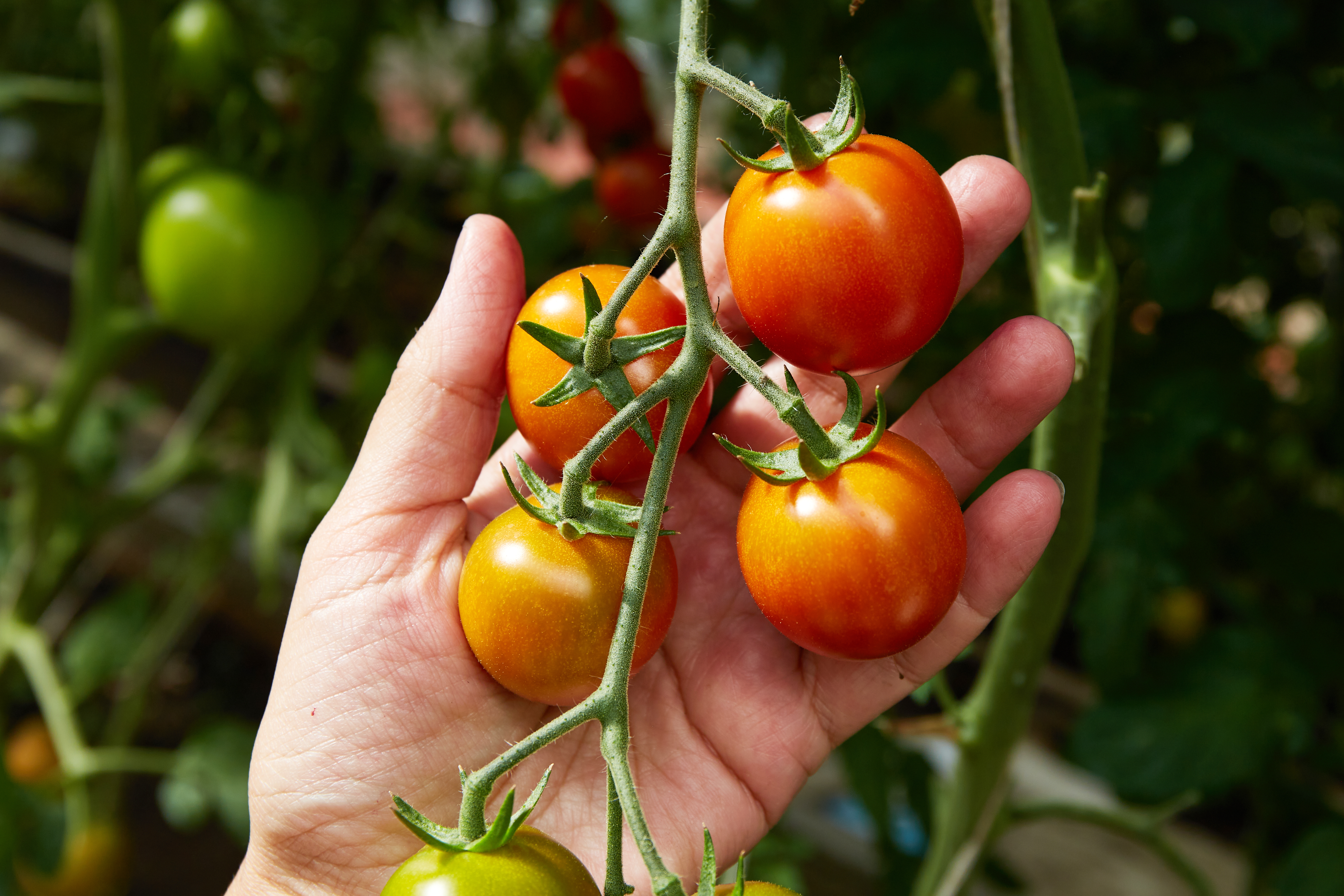
Tomatoes are a staple in many diets, but they are also frequently treated with pesticides to combat a variety of pests and diseases. The thin skin of tomatoes allows for easy absorption of chemicals, which can persist even after washing. This is particularly concerning given the widespread use of tomatoes in sauces, salads, and other dishes. Studies have shown that organic tomatoes not only have lower pesticide residues but may also contain higher levels of beneficial nutrients. The case of tomatoes highlights the potential benefits of organic farming practices in enhancing both food safety and nutritional quality.
7. Celery: The Stalk of Chemicals
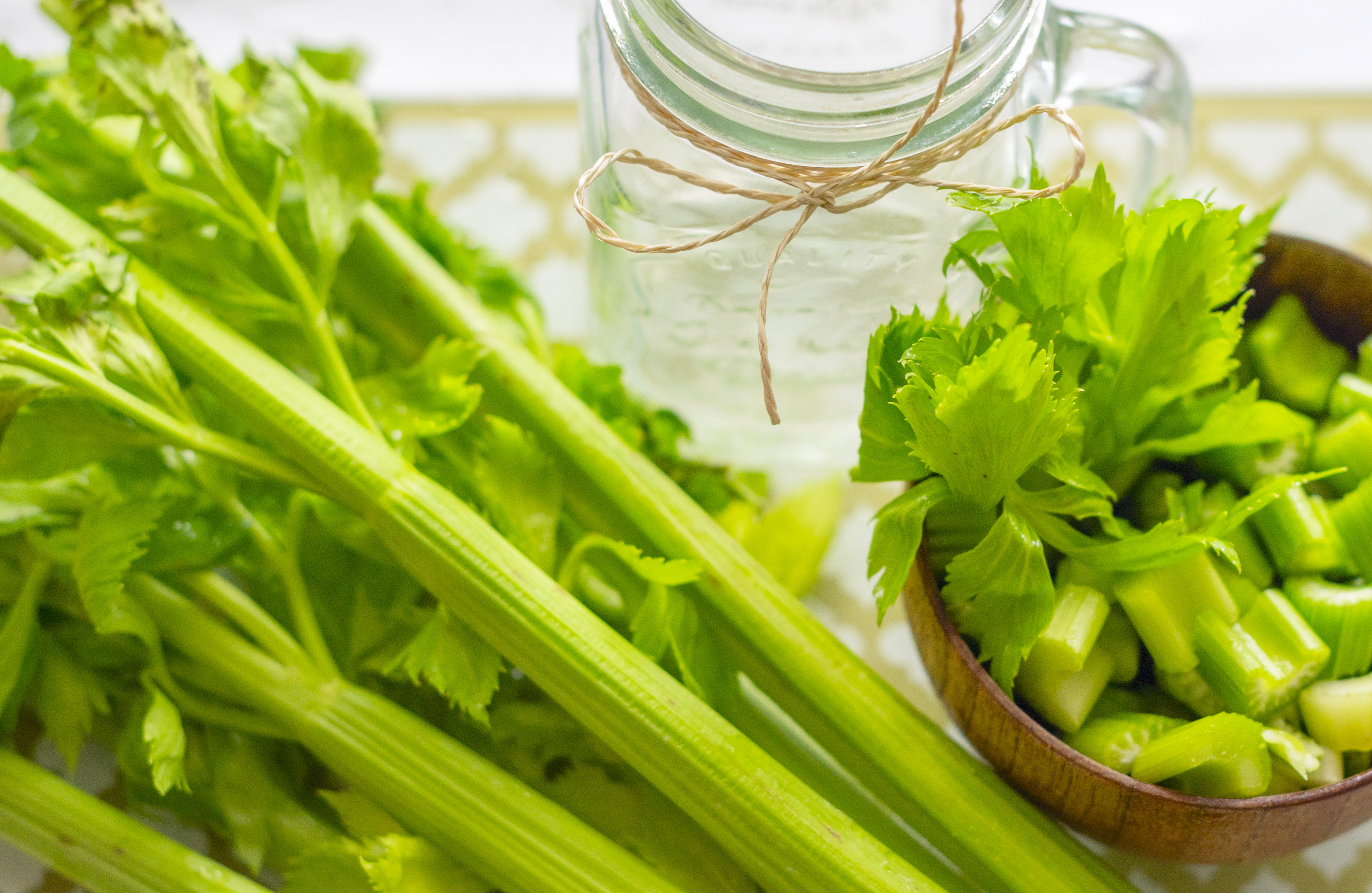
Celery is known for its crunchy texture and health benefits, but it is also one of the most chemically treated vegetables. Its long, ribbed stalks provide ample surface area for pesticide residues to cling to, and washing may not remove all traces. This is concerning given celery's popularity as a low-calorie snack and ingredient in various dishes. Research suggests that choosing organic celery can significantly reduce pesticide exposure. The stalk of chemicals underscores the need for consumers to be vigilant and informed about the potential risks associated with conventionally grown produce.
8. Potatoes: The Underground Hazard

Potatoes, a staple in many diets, are often treated with pesticides both above and below ground to protect against pests and diseases. This results in residues that can persist on the skin and in the flesh of the potato. Given their widespread consumption, the potential health risks associated with pesticide exposure are significant. Studies have shown that organic potatoes have lower levels of pesticide residues, offering a safer alternative. The underground hazard of potatoes highlights the broader issue of chemical use in agriculture and the need for more sustainable farming practices.
9. Bell Peppers: The Colorful Culprit
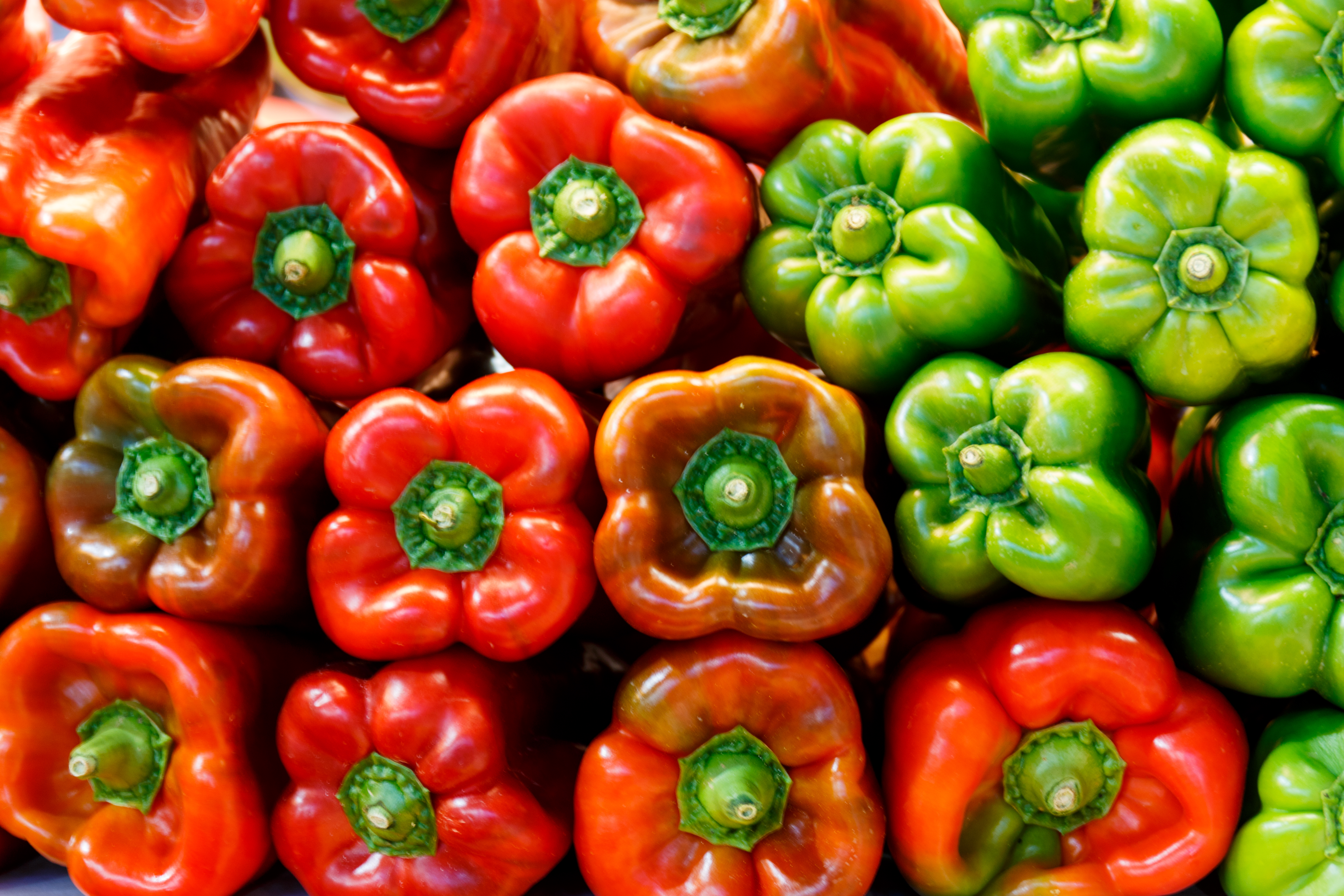
Bell peppers, with their vibrant colors and crisp texture, are often treated with pesticides to combat a variety of pests and diseases. The smooth skin of bell peppers allows for easy absorption of chemicals, which can persist even after washing. This is concerning given their popularity in salads, stir-fries, and other dishes. Research suggests that organic bell peppers have significantly lower pesticide residues, offering a safer alternative. The colorful culprit of bell peppers highlights the importance of consumer awareness and informed choices in reducing health risks associated with chemically treated produce.
10. Cucumbers: The Cool but Contaminated Choice
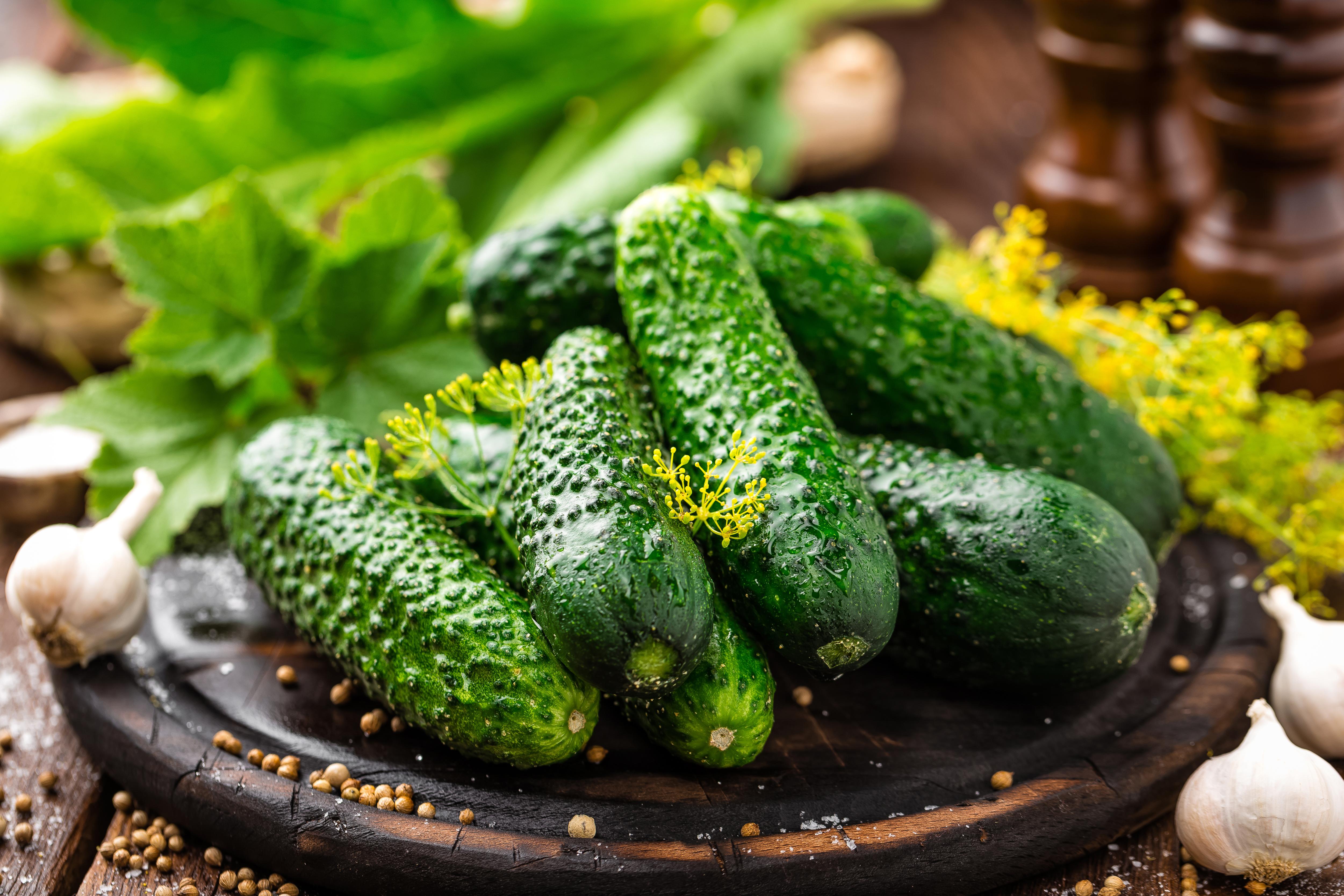
Cucumbers are often treated with pesticides to combat pests and diseases, resulting in residues that can persist on the skin. The waxy coating often applied to cucumbers can trap these chemicals, making them difficult to wash off. This is concerning given cucumbers' popularity as a refreshing snack and ingredient in salads. Studies suggest that choosing organic cucumbers can significantly reduce pesticide exposure. The cool but contaminated choice of cucumbers underscores the need for consumers to be vigilant and informed about the potential risks associated with conventionally grown produce.
11. Pears: The Pesticide-Laden Fruit

Pears, with their sweet flavor and juicy texture, are often treated with pesticides to protect against pests and diseases. The thin skin of pears allows for easy absorption of chemicals, which can persist even after washing. This is concerning given their popularity as a healthy snack and ingredient in various dishes. Research suggests that organic pears have significantly lower pesticide residues, offering a safer alternative. The pesticide-laden fruit of pears highlights the broader issue of chemical use in agriculture and the need for more sustainable farming practices.
12. Cherries: The Small but Potent Offender
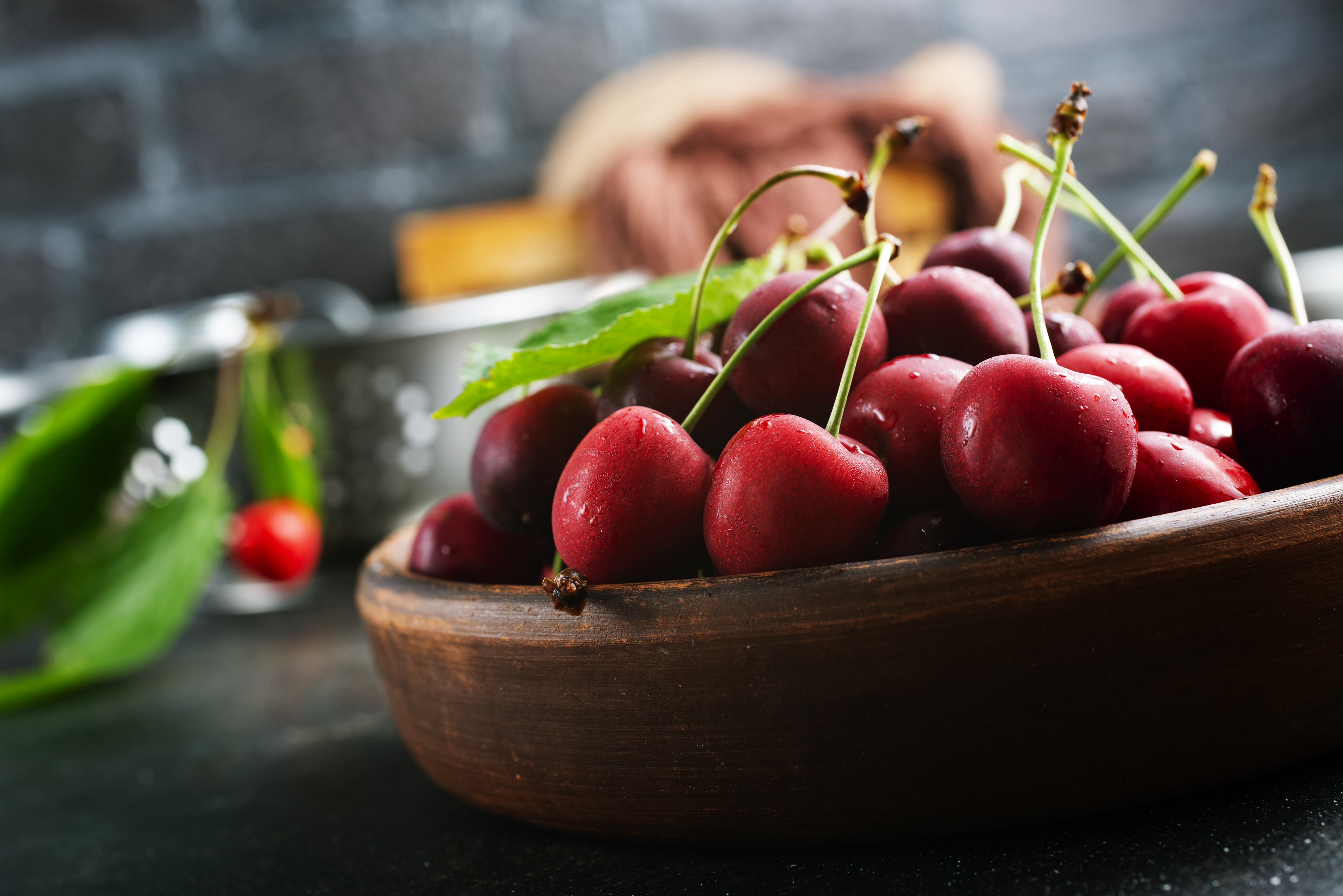
Cherries may be small, but they often carry a big load of pesticide residues. Their thin skin and juicy flesh make them highly susceptible to pests, leading to frequent chemical treatments during the growing season. Because cherries are typically eaten whole, skin and all, consumers can be directly exposed to these residues. Imported cherries can sometimes have even higher pesticide levels due to differing regulations. Washing helps but doesn’t fully eliminate the chemicals absorbed into the fruit. Choosing organic cherries, especially during peak season, can significantly cut down on exposure while still letting you enjoy their sweet, tangy flavor without the hidden chemical load.
13. Blueberries: A Superfood with a Sour Side
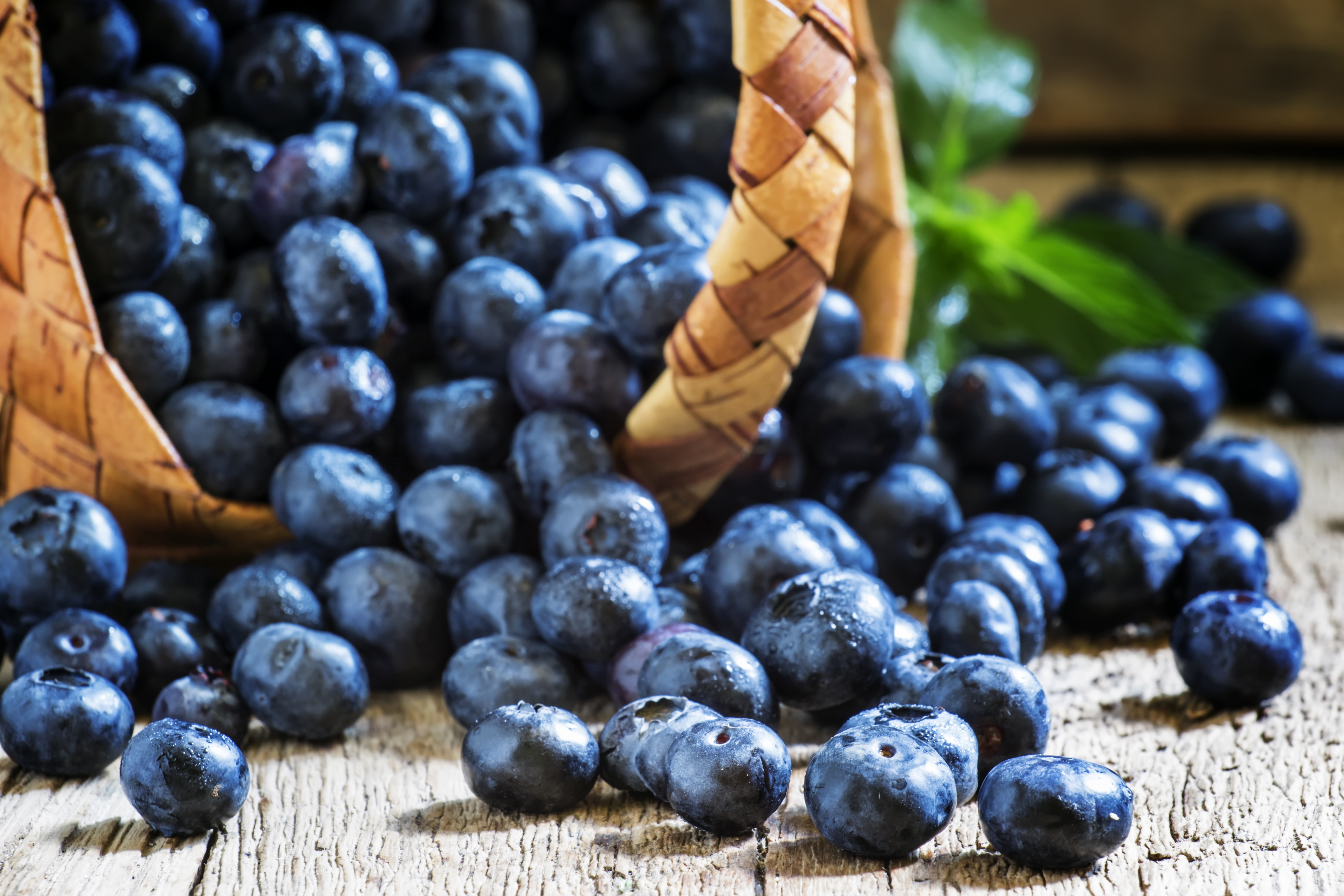
Blueberries, a superstar of the health world, are paradoxically a common source of pesticide residue. Their small size and delicate nature make them difficult to wash thoroughly, and conventional growers often spray them with a variety of insecticides and fungicides to protect the crop. While their antioxidant power is undeniable, the potential for chemical residue can be a cause for concern. Choosing organic blueberries, or buying from local growers who use minimal pesticides, is an easy way to ensure that this healthy superfood is truly clean.
14. Kale and Collard Greens: Superfoods with a Chemical Catch
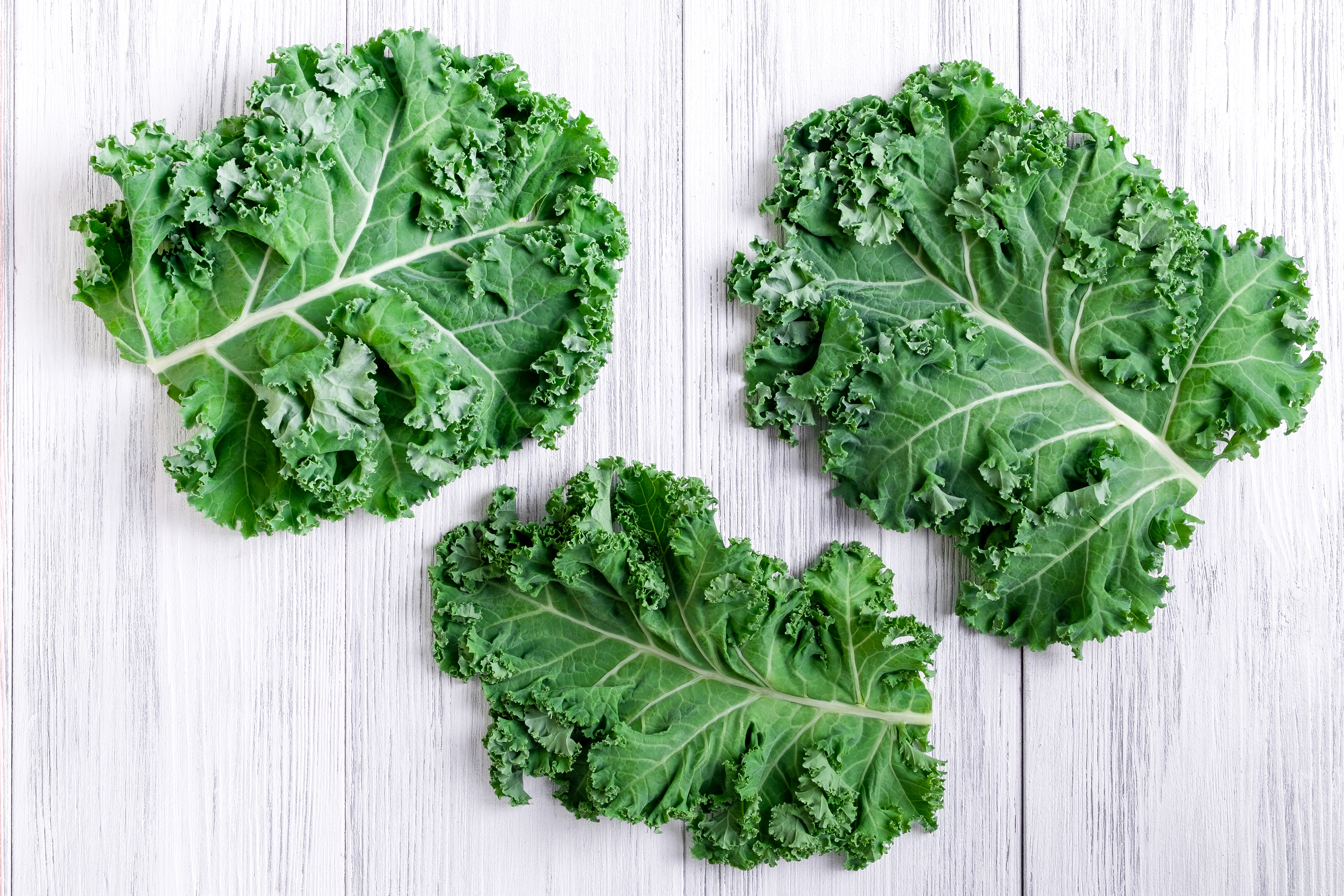
Kale and collard greens, hailed as superfoods for their dense nutrient profiles, are also notorious for pesticide residues. These cruciferous vegetables are prone to pests like aphids and caterpillars, leading to heavy pesticide use. The Environmental Working Group (EWG) reports that kale often contains residues of multiple pesticides, including Dacthal, which is banned in Europe due to its potential health risks. Despite this, the antioxidant properties and fiber content of these greens make them valuable dietary components. To enjoy their benefits safely, consumers can opt for organic varieties or grow their own in pesticide-free environments.
15. Green Beans: A Snap to Cook, Not So Clean
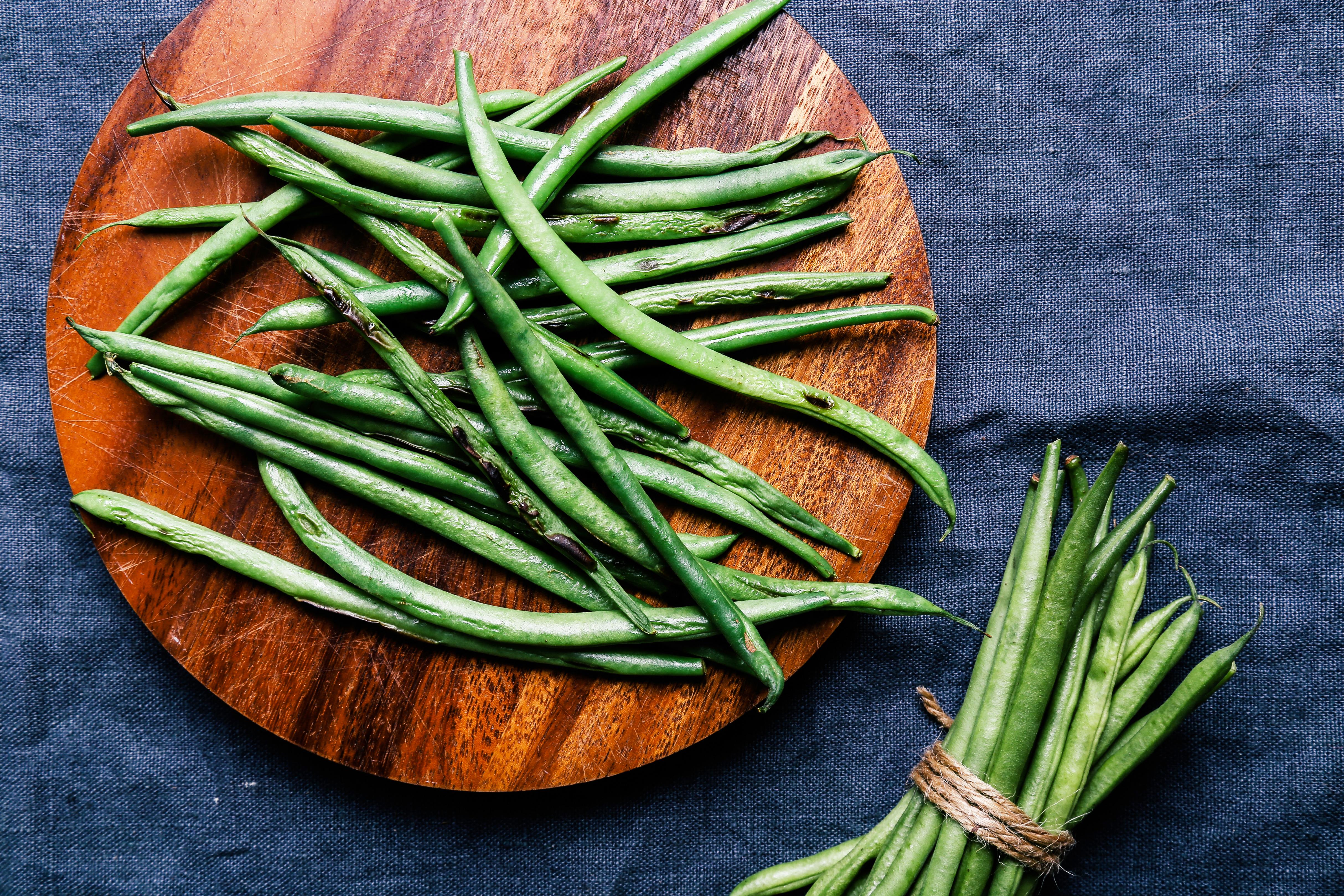
Green beans may look harmless, but they frequently test positive for a cocktail of pesticide residues—including some banned in other countries. Their tender pods are magnets for pests, prompting heavy spraying throughout the growing season. The USDA has detected residues from over a dozen pesticides on conventional green beans, including acephate, an insecticide linked to developmental concerns. While their fiber and folate content are great for health, the pesticide load is worth noting. To reduce exposure, opt for organic, steam instead of boil, and consider trimming both ends before cooking. These green stalks may deserve a second rinse.
16. Hot Peppers: A Fiery Flavor with a Chemical Backdraft
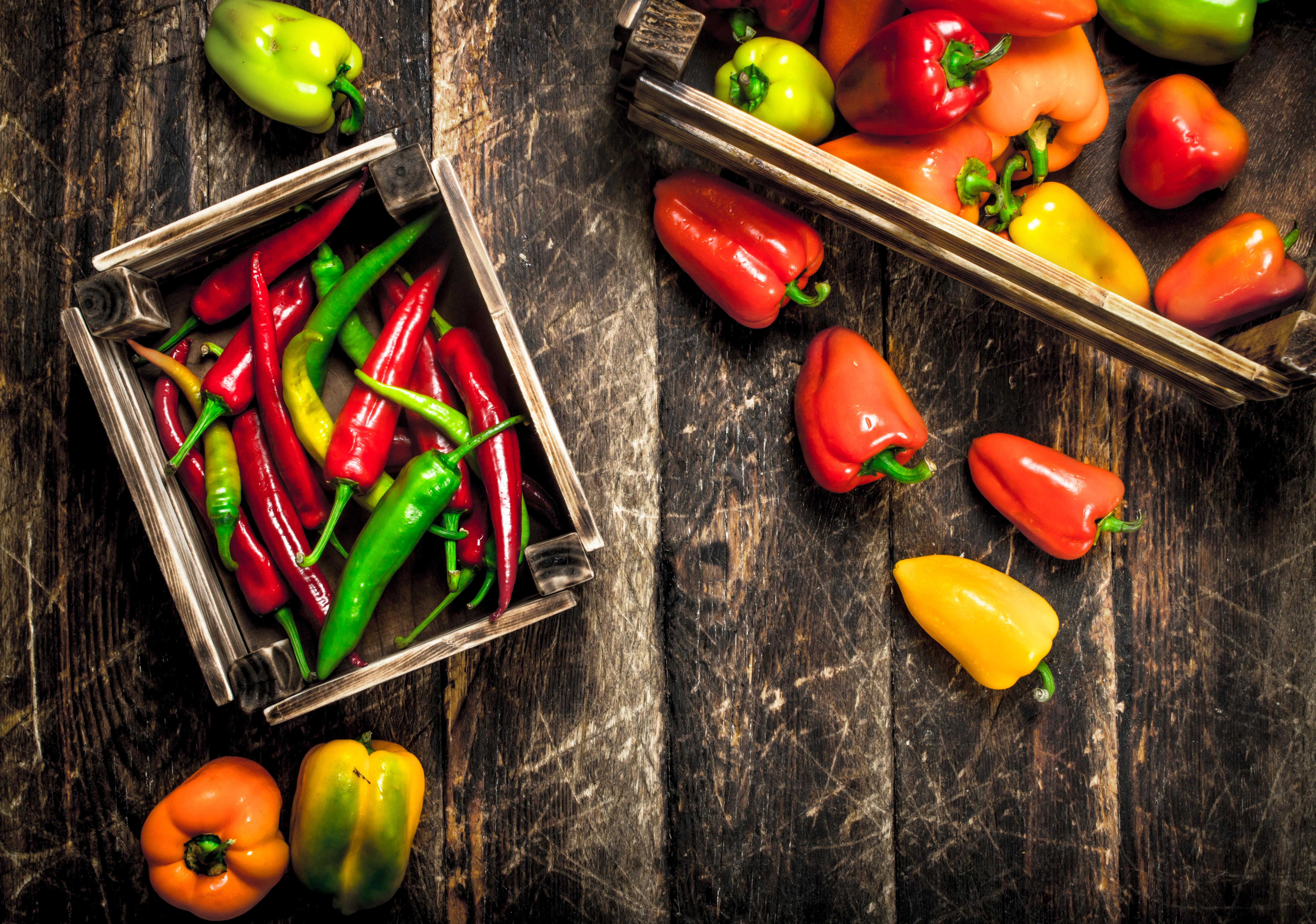
Hot peppers, with their fiery flavor and potent health benefits, are another thin-skinned culprit on the Dirty Dozen list. Like their bell pepper cousins, they are highly susceptible to pests and fungal diseases, requiring frequent applications of insecticides and fungicides. Residues of chemicals such as chlorpyrifos and acephate, both linked to neurological effects, have been detected on hot peppers. Since the skin is often eaten, the risk of ingesting these residues is high. For a safer choice, prioritize organic hot peppers or grow your own to ensure your spicy food is also a clean food.
17. Lettuce: The Salad Staple with a Surprising Secret
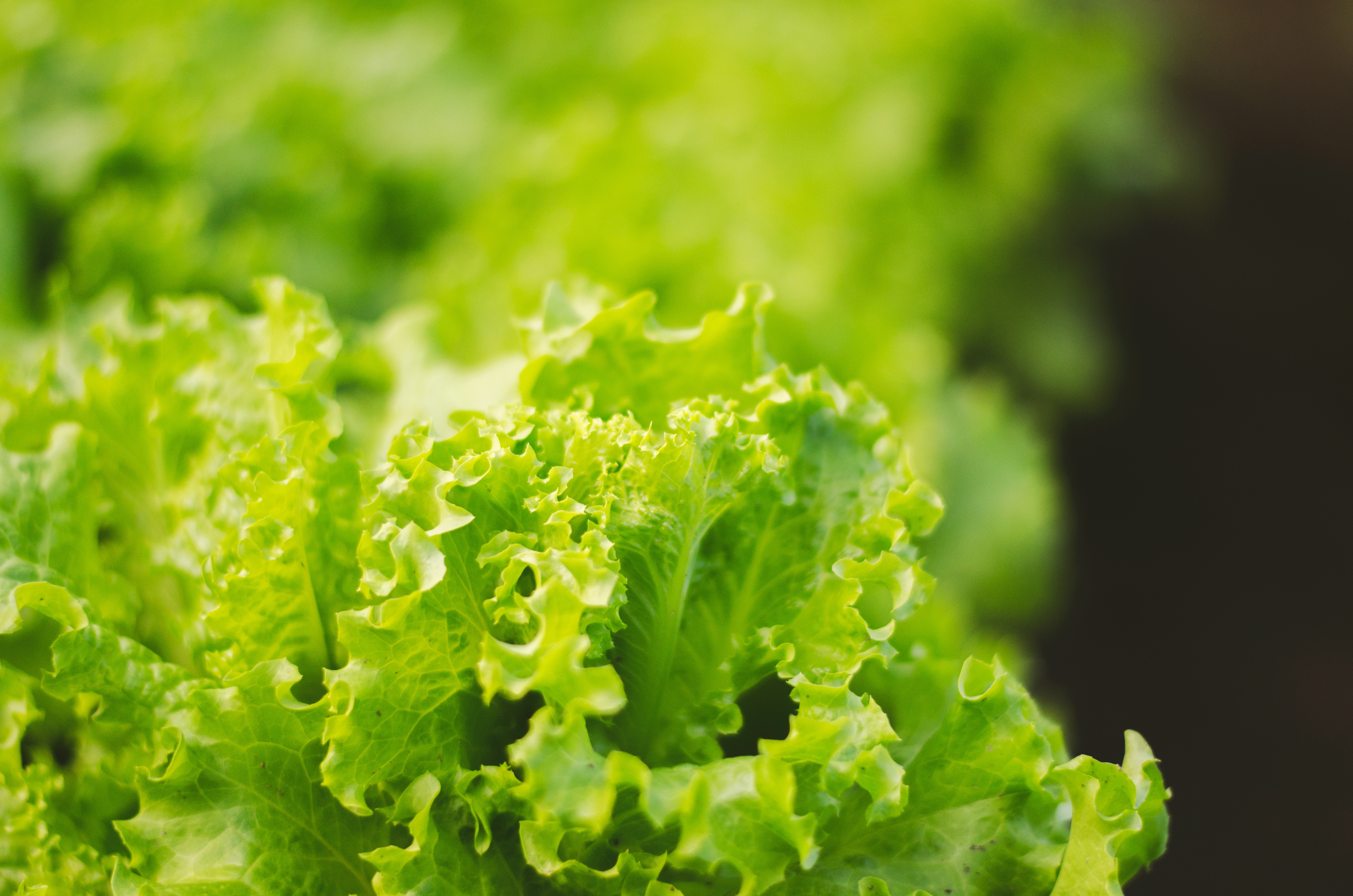
Lettuce, a staple of many salads and sandwiches, often harbors pesticide residues due to its large surface area and susceptibility to pests like aphids and caterpillars. The outer leaves, in particular, are frequently sprayed, and even after washing, residues can linger. Chemicals such as imidacloprid and permethrin, both linked to environmental and health concerns, have been detected on lettuce. Given that lettuce is often eaten raw, you're more likely to ingest these residues. To minimize exposure, wash lettuce leaves thoroughly and consider opting for organic varieties, especially if you consume it frequently.
18. Sweet Potatoes: The Systemic Absorption Sponge
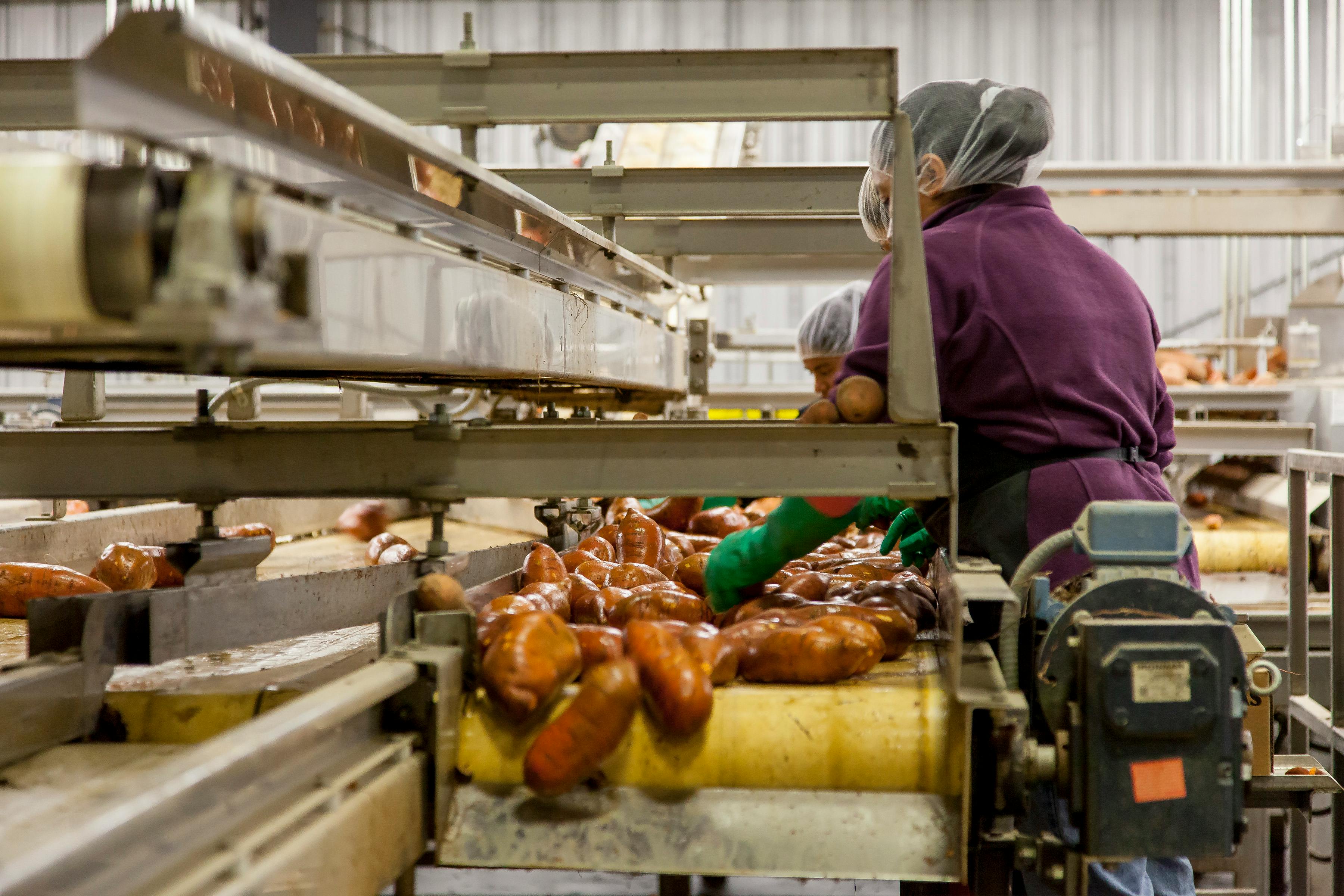
Sweet potatoes often fly under the radar because they grow underground, leading many to believe they are naturally protected. However, conventional sweet potato farming frequently involves systemic insecticides and fungicides applied directly to the soil to combat weevils and nematodes. These systemic chemicals are designed to be absorbed throughout the plant's entire structure, including the edible tuber, and cannot be washed or peeled away. The USDA has historically found residues of chemicals like chlorpropham (a sprout inhibitor) that persist even after harvest. While highly nutritious, sweet potatoes' vulnerability to systemic pesticides makes them a vital consideration. To ensure a truly clean product, opting for organic sweet potatoes is the most effective defense against this systemic chemical exposure.
19. Zucchini and Summer Squash: The Porous Pesticide Vacuum
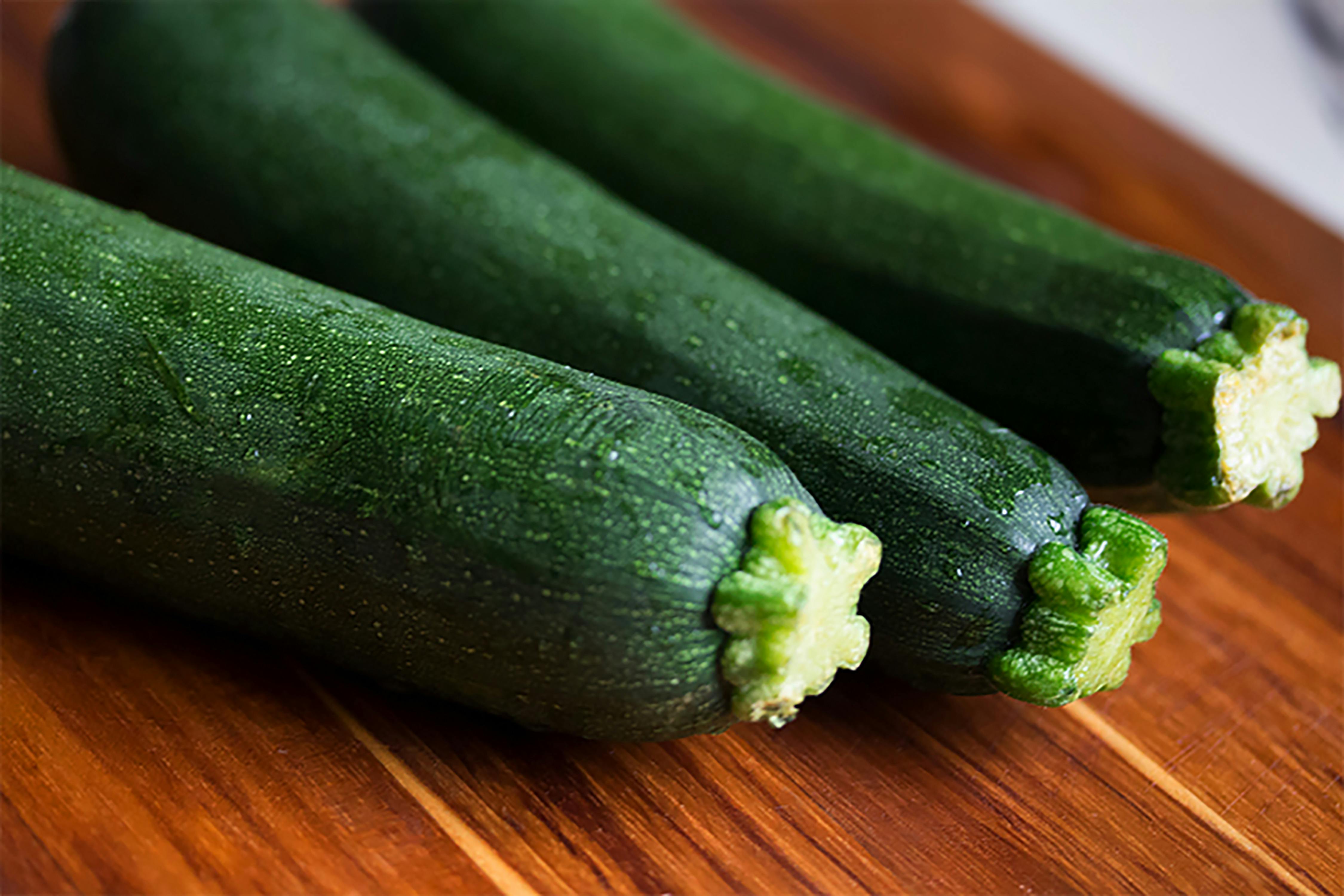
Summer squashes, including zucchini and yellow squash, are often surprisingly high in pesticide residues, despite their quick harvest time. Their thin, edible skin provides virtually no barrier, making them highly susceptible to fungal diseases and vine borers, which require frequent systemic and surface fungicide applications. Furthermore, the large, dense leaves and fast-growing nature of the plant act like a chemical vacuum, absorbing pesticides from the soil and air. Since the skin is almost always left intact and the spongy flesh absorbs readily, washing is largely ineffective. Opting for organic zucchini, especially during the peak summer growing season, is the best way to enjoy this versatile vegetable without the hidden chemical load.
Navigating the Produce Aisle
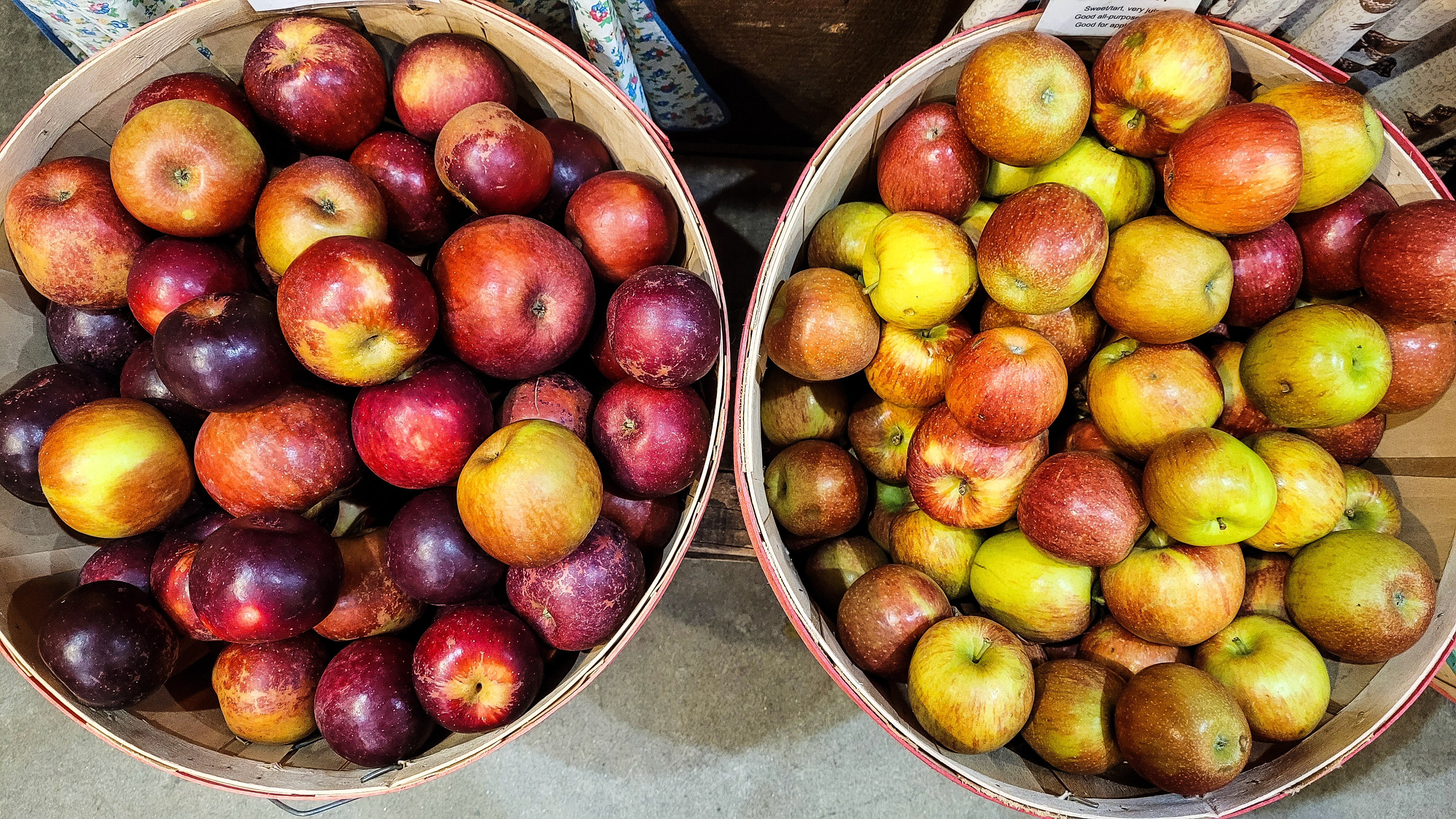
Navigating the produce aisle can be daunting, given the potential risks associated with chemically treated fruits and vegetables. The Dirty Dozen list serves as a guide for consumers, highlighting the produce most likely to be contaminated with pesticide residues. By choosing organic options, thoroughly washing produce, and staying informed about agricultural practices, consumers can reduce their exposure to harmful chemicals. The journey through the Dirty Dozen underscores the importance of sustainable farming practices, consumer awareness, and informed choices in promoting food safety and health. As we unveil the realities of chemically treated produce, it becomes clear that a shift towards more sustainable and health-conscious choices is imperative for the well-being of both consumers and the environment.
